Although it is a less common vegetable, spinach (also known as chaya spinach, Lao spinach) is very beneficial for human health.
During a recent business trip to Chan Hung commune, Vinh Tuong district ( Vinh Phuc province), we were invited by the locals to enjoy a stir-fried vegetable dish with a very strange name: MSG. Indeed, as its name suggests, MSG has a natural sweetness and is very crunchy.
Researching scientific documents, we know that spinach (chaya spinach, Lao spinach) is a less popular but very useful vegetable.
This specialty vegetable is also native to Mexico. It is a perennial shrub that grows quickly, has many leaves and is very pest-free.
The young stems of the spinach are usually green, turning white as they age, and the single leaves have prominent veins.
The leaves are dark green, alternate, glossy, similar to papaya leaves, 10-20cm wide, the woody core of the stem is soft and brittle. The inflorescence has a long stem, grows at the end of the branch, has a flat top and is about 5-8cm wide, and is white.
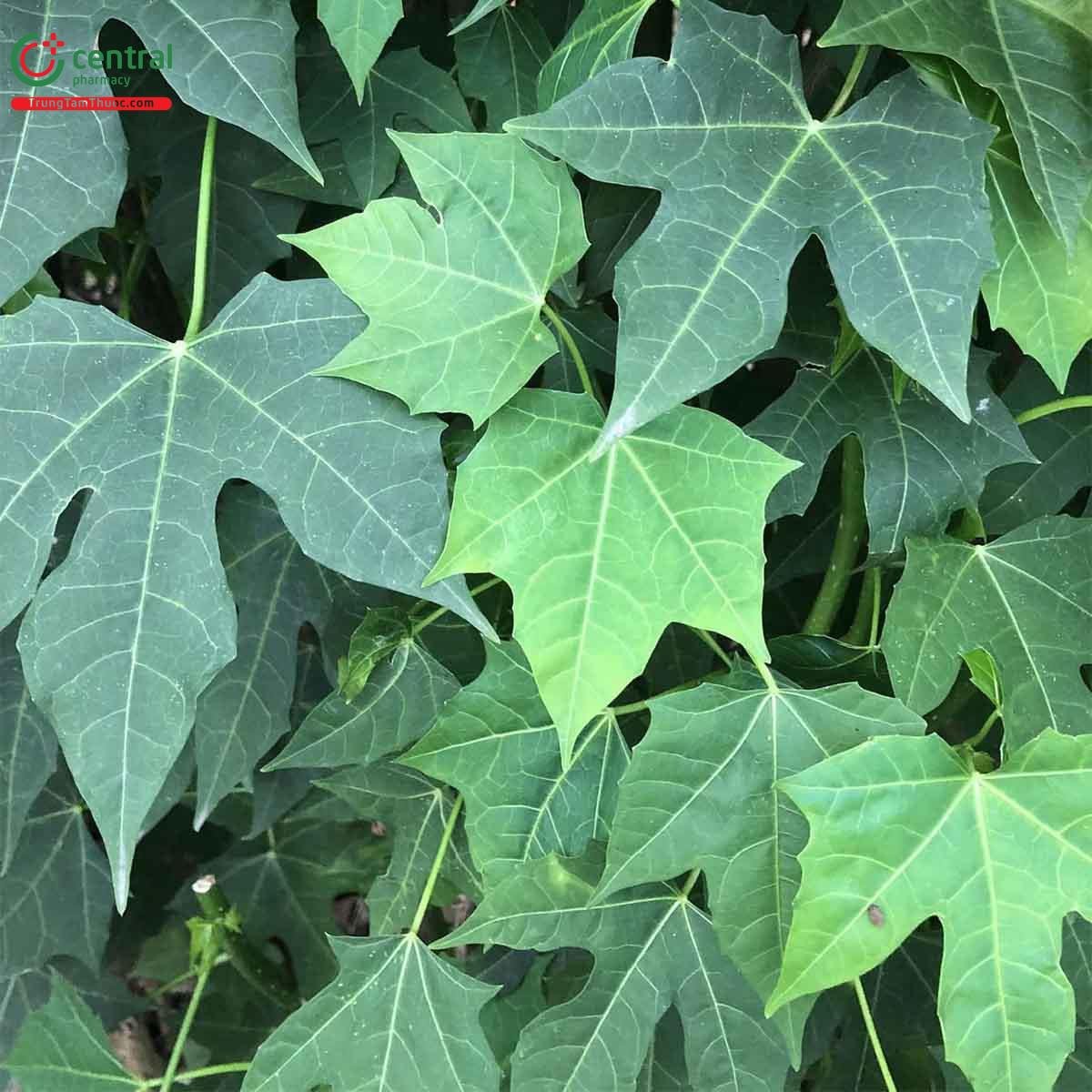
Cassava plant. Photo: central pharmacy.
Uses of MSG
According to modern medicine, spinach has many benefits for human health. Spinach chaya leaves are more nutritious than many green leafy vegetables such as spinach, cabbage and amaranth. The leaves are rich in protein, calcium, iron and vitamins A and C.
The effects of MSG may be due to its protein, fiber, vitamins, and especially polyphenols, which are good for people with obesity, type 2 diabetes, and cardiovascular diseases.
Notably, MSG has a delicious, crunchy and sweet taste with high nutritional quality.
According to Oriental medicine, MSG is considered to have a nutty taste and cool properties, and is used in detoxification and heat reduction. In particular, MSG is also recommended for postpartum women and acts as a nutritious food for people who have just recovered from illness.
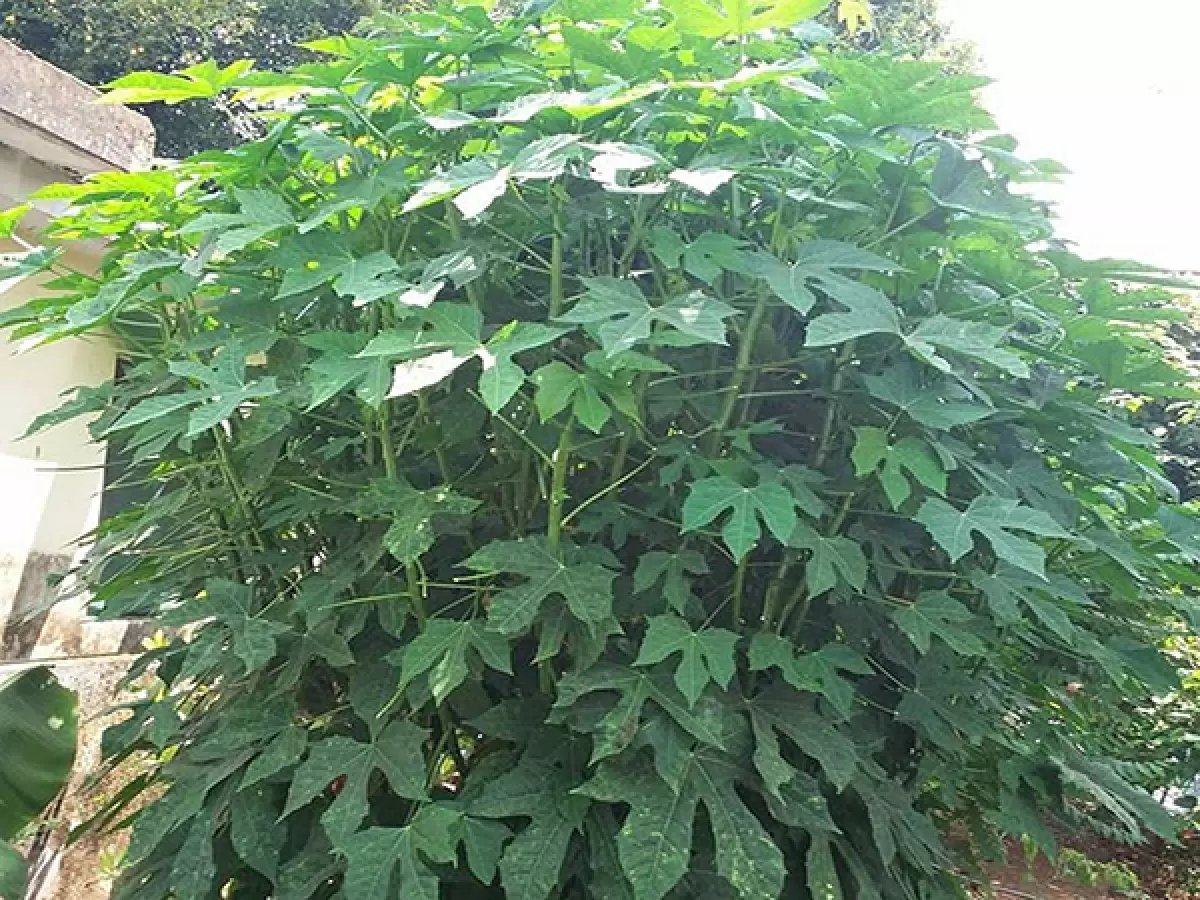
Cassava, also known as Lao spinach, chaya spinach. Photo: TL
How to grow MSG
MSG is very easy to grow. The plant is propagated by cuttings. The original MSG plant is cut into small pieces of 20 to 30 cm in length, each stem has 2-3 nodes. These cuttings are usually taken from the top or bottom of the stem.
Remove leaves and dry the branches in the shade for 3-4 days.
Then, plant the cuttings in a 10 to 12 cm deep layer of soil in nursery pots or directly in the ground. If planting in pots, the plant needs to have plenty of light.
Water the plant regularly but avoid waterlogging.
Once the plant has taken root, it can be moved from the nursery pot to the garden, mounding soil around it or covering the base of the plant with straw to prevent weed growth.
Trees should be planted at the beginning of the rainy season for good growth and development. Nitrogen fertilizer can be added to keep the trees healthy.
Do not harvest more than 50% of the total leaves and shoots to ensure the plant continues to grow normally.
Bina Chaya is a drought tolerant plant that can grow in both hot and shady conditions. It is also resistant to many pests and diseases, has good yields, and can be grown as a hedge for vegetables.
Source: https://danviet.vn/loai-rau-ngot-nhu-mi-chinh-la-nhu-la-du-du-con-it-nguoi-biet-den-nhung-lai-rat-bo-duong-tot-cho-nguoi-om-20241114230954221.htm



![[Photo] Prime Minister Pham Minh Chinh receives United Nations Secretary-General Antonio Guterres](https://vphoto.vietnam.vn/thumb/1200x675/vietnam/resource/IMAGE/2025/10/25/1761390212729_dsc-1484-jpg.webp)
![[Photo] National Assembly Chairman Tran Thanh Man receives United Nations Secretary-General Antonio Guterres](https://vphoto.vietnam.vn/thumb/1200x675/vietnam/resource/IMAGE/2025/10/25/1761390815792_ctqh-jpg.webp)

![[Photo] Prime Minister Pham Minh Chinh and United Nations Secretary-General Antonio Guterres attend the Press Conference of the Hanoi Convention Signing Ceremony](https://vphoto.vietnam.vn/thumb/1200x675/vietnam/resource/IMAGE/2025/10/25/1761391413866_conguoctt-jpg.webp)

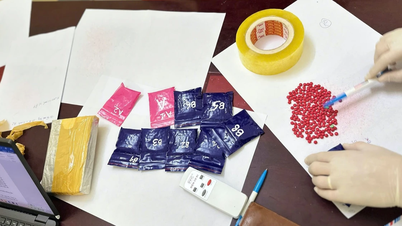

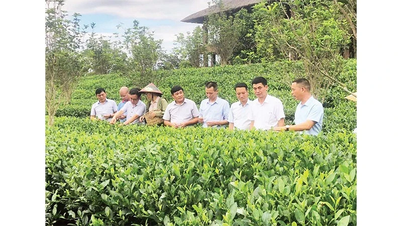
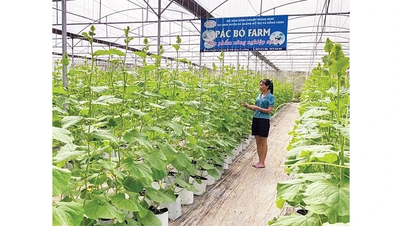
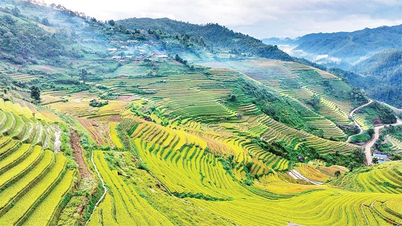

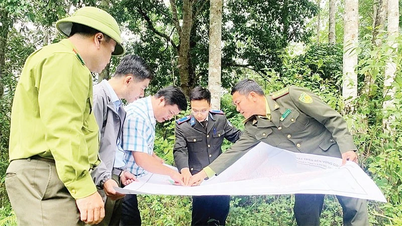






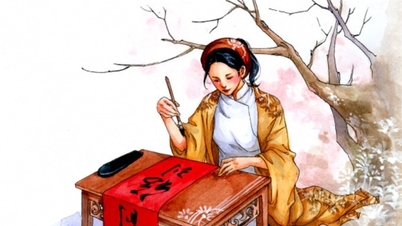


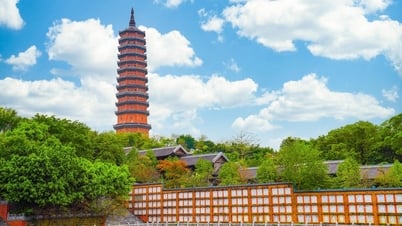

![[Photo] General Secretary To Lam meets with General Secretary and President of Laos Thongloun Sisoulith](https://vphoto.vietnam.vn/thumb/1200x675/vietnam/resource/IMAGE/2025/10/25/1761380913135_a1-bnd-4751-1374-7632-jpg.webp)





















































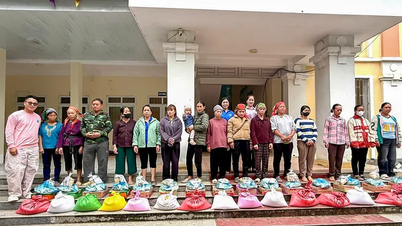

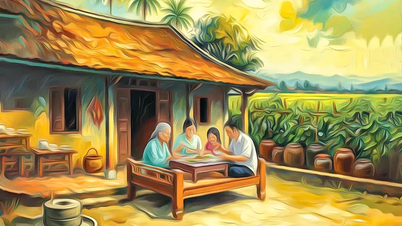
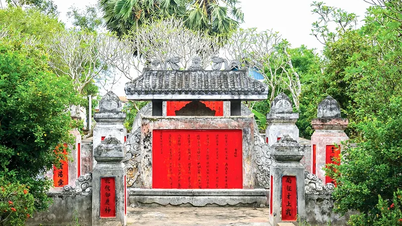






















Comment (0)